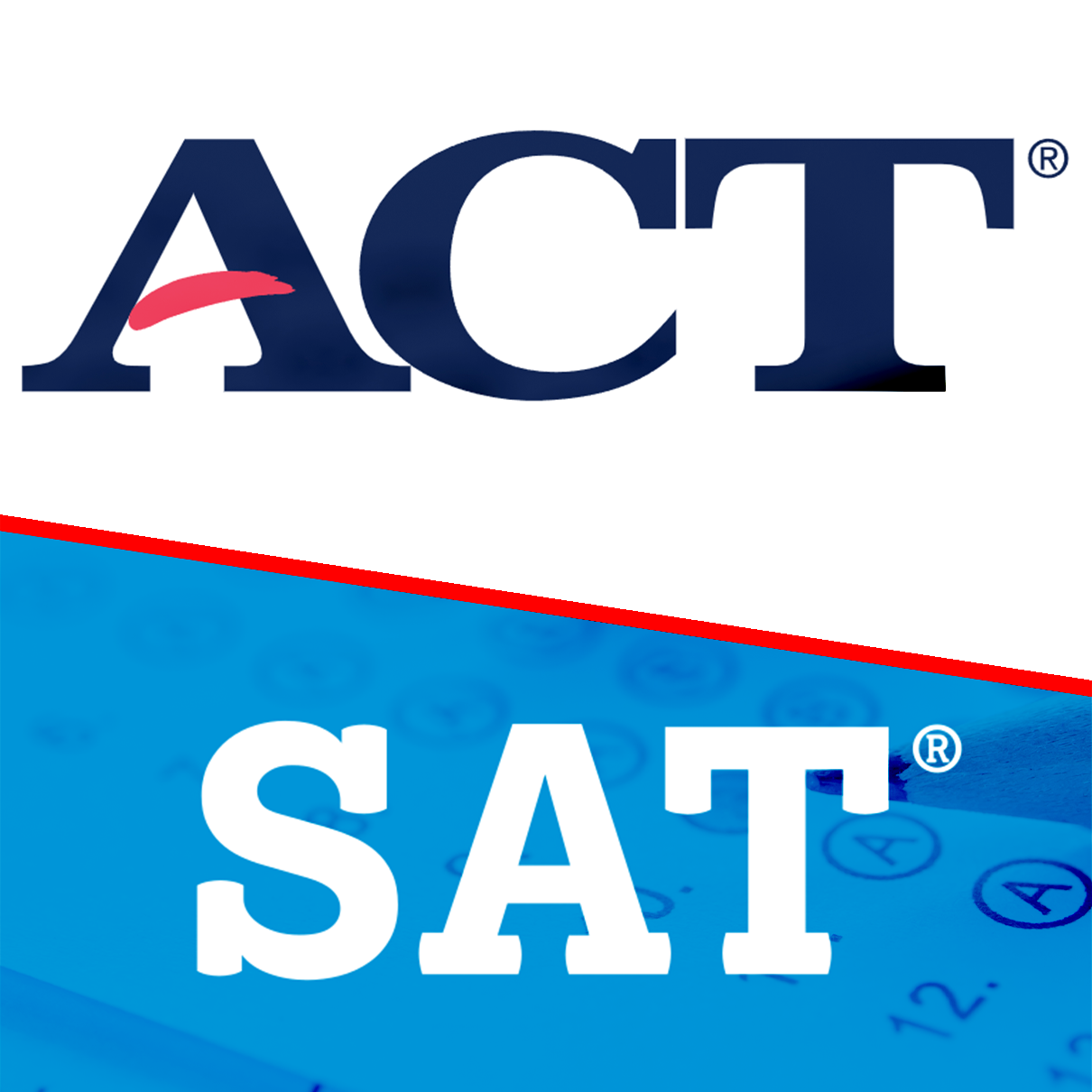When Illinois high school juniors sit for their required state assessment this year, the test will look different.
Beginning with the 2024–25 school year, Illinois will replace the SAT with the ACT as the state-mandated assessment for high school juniors. The shift follows the expiration of the state’s eight-year contract with the College Board on June 30, 2024.
After a competitive bidding process, the Illinois State Procurement Office selected the ACT, citing three key criteria: technical specifications, commitment to diversity and cost.
While technical and diversity factors accounted for 75% of the decision, cost ultimately tipped the scale. The Illinois State Board of Education signed a six-year, $53 million contract with ACT—less than the SAT’s competing bid.
The change prompts a larger question: in 2025, how much do standardized tests still matter?
Standardized assessments are becoming less relevant, according to Community counselor Mrs. Addie Ince, the school’s testing coordinator and a longtime exam proctor.
“Schools are using them less and less,” Ince said.
While test scores offer a standardized metric, Ince questioned their broader significance.
“I don’t think you can sum up a kid’s academic intelligence in one day,” she said.
That sentiment reflects a national trend.
For the high school class of 2025, more than 80% of U.S. colleges will either not require or not consider standardized test scores. Institutions like the University of Chicago back that shift with research, finding that a student’s high school GPA is five times more predictive of college graduation than ACT scores.
Even for scholarships—once closely tied to test performance—Ince said many colleges are rethinking their criteria.
“Even in the last two or three years, colleges are giving merit-based scholarships without test scores, looking at GPA and class rigor,” Ince said.
At Illinois State University, for example, freshmen with a 3.25 GPA or higher automatically qualify for the Redbird Academic Scholarship, which awards between $1,000 and $5,000 annually. Students with a 3.75 GPA or higher are encouraged to apply for the Jesse W. Fell Scholarship, worth up to $12,000 per year.
The GPA dilemma
As more weight shifts to GPA and course rigor, concerns about grade inflation and inconsistent standards have grown.
In Pittsburgh, private school GPAs rose from 3.25 to 3.51, while public school GPAs barely increased—from 3.26 to 3.28. Yet public school students outperformed private school students on the SAT.
The data fueled concerns that inflated GPAs may give some students an unfair admissions advantage.
Beyond inflation, grading varies widely between schools, districts and teachers. A study by Cornell University found significant differences in grading based on the instructor.
Such inconsistencies raise doubts about GPA’s reliability as a universal measure of academic performance.
The case for standardized testing
Despite the move toward test-optional admissions, some universities—including Ivy League schools like Harvard, Yale and Brown—are reinstating test score requirements for the class of 2025.
In a statement explaining the change, Brown University Provost Francis Doyle pointed to test scores’ predictive power.
“Our analysis made clear that the SAT and ACT scores are among the key indicators that help predict a student’s ability to succeed and thrive in Brown’s academic environment,” Doyle said.
An internal review at Brown found strong correlations between test scores and college performance in recent classes.
Supporters argue that standardized tests provide a consistent, objective benchmark—especially important in a system where grading standards vary widely.
What’s next?
For some, GPA and course rigor offer a fuller picture of a student’s abilities. For others, standardized tests serve as the only consistent academic measure across schools.
As colleges continue to evaluate how best to measure student potential, a shift away from tradition may open the door for more equitable—and accurate—admissions practices.
Still, if test scores are losing relevance, what replaces them? And can those alternatives offer the consistency colleges need?
Ultimately, the question is not whether the ACT is better than the SAT—but whether any single metric should carry so much weight in shaping a student’s future.
Normal Community juniors will take the ACT on Tuesday, April 22.


![Community honors longtime coach Mr. Bryan Thomas before Oct. 3 game [photo gallery]](https://nchsinkspot.com/wp-content/uploads/2025/10/Thomas-6-1200x1200.jpg)





















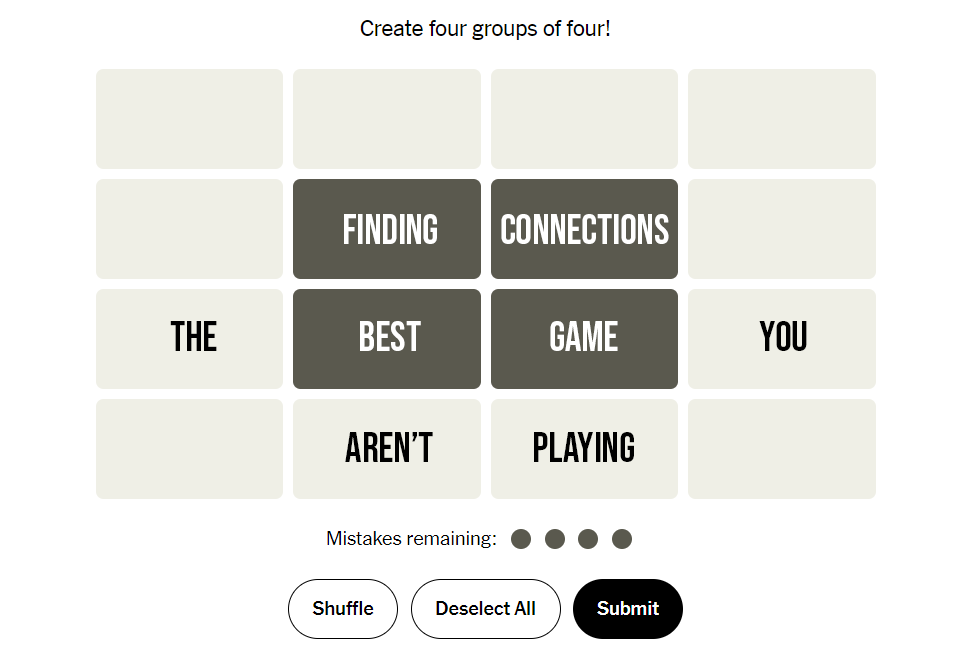





![Week 7: Coach Drengwitz recaps the Ironmen’s win over Bloomington, talks Danville [video]](https://nchsinkspot.com/wp-content/uploads/2025/10/Vikings-feature-Image-1200x675.png)















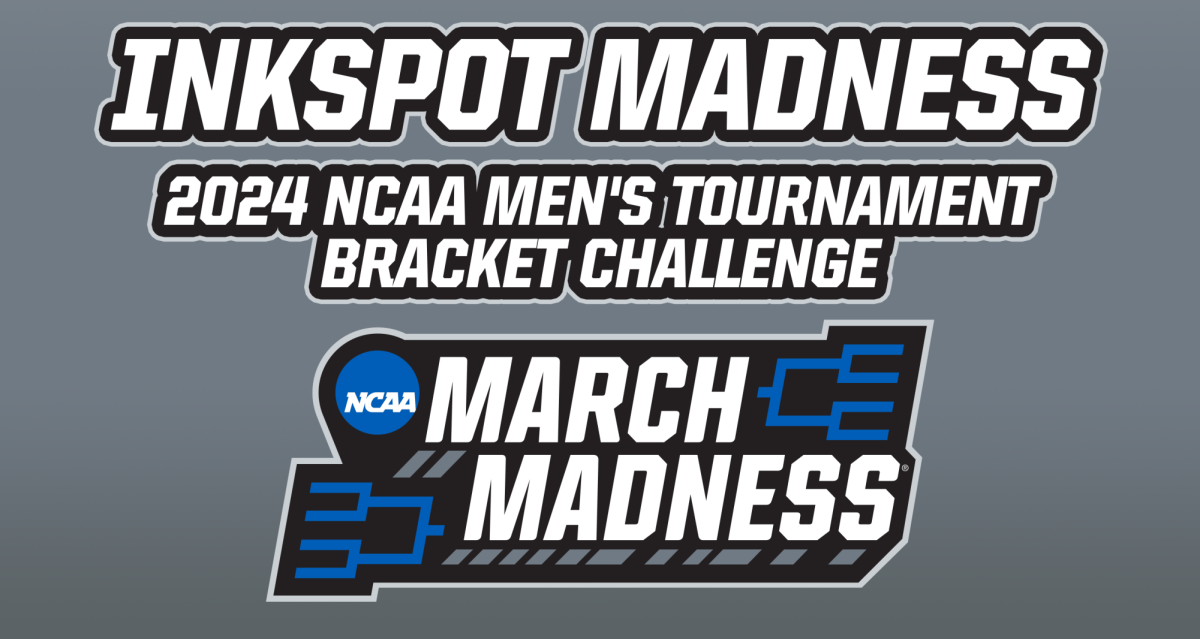
![Halloween candy cross section quiz [quiz]](https://nchsinkspot.com/wp-content/uploads/2022/10/Candy-cover-big-900x675.png)
![Average Jonah? [quiz]](https://nchsinkspot.com/wp-content/uploads/2022/05/average-jonah-900x600.png)



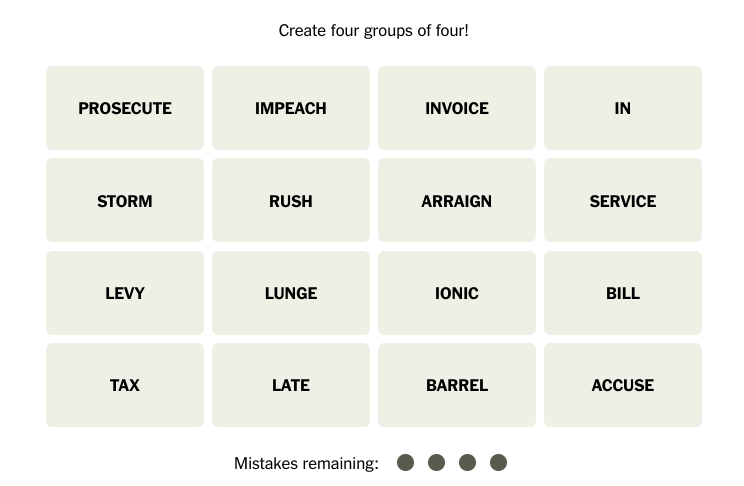
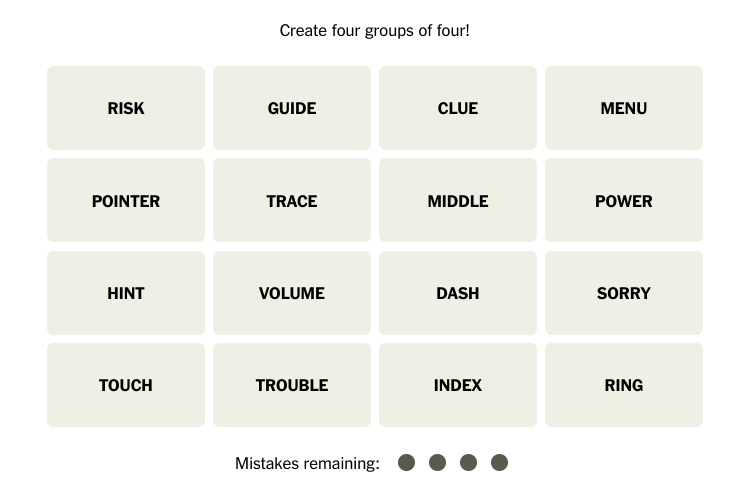
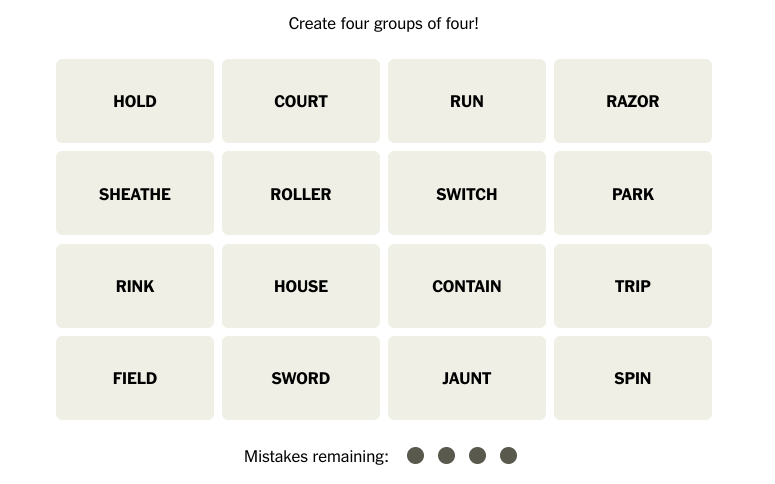
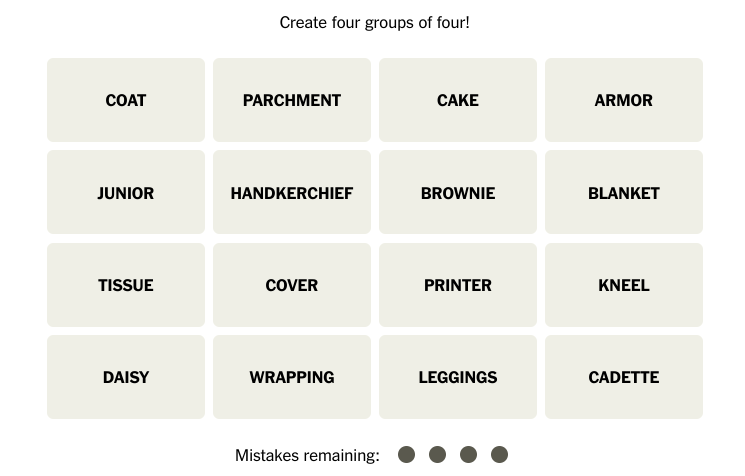















![Week 5: Coach Drengwitz previews the Ironmen’s matchup vs. Peoria Manual, recaps Week 4 [video]](https://nchsinkspot.com/wp-content/uploads/2025/09/Week-5-v-Rams-1200x675.png)
![Postgame reaction: Coach Drengwitz on Community’s 28-17 Loss to Kankakee [video]](https://nchsinkspot.com/wp-content/uploads/2025/09/Week-4-postgame--1200x675.png)
![On the Spot: This or That – Halloween [video]](https://nchsinkspot.com/wp-content/uploads/2024/10/tot-Halloween-YT-1200x675.png)
![On the Spot: This or That – Fall favorites [video]](https://nchsinkspot.com/wp-content/uploads/2024/10/ots-fall-web-1200x800.png)
![On the Spot – Teachers tested on 2023’s hottest words [video]](https://nchsinkspot.com/wp-content/uploads/2024/01/On-the-Spot-Teachers-tested-1200x675.png)








